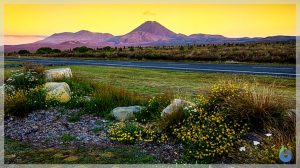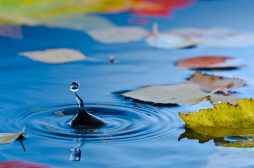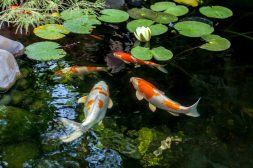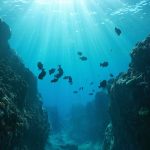Definition
noun
An ecological science dealing with the flow of energy and matter through the biotic and abiotic components of ecosystems.
You will also like...

Ecological Research: Measuring & Analysis
This lesson is about the methods used for ecological research, such as quadrat and transect sampling, canopy fogging, and netting in determining biodiversity...

Population Growth and Survivorship
This lesson looks at population attributes, regulation, and growth. It also covers population genetics, particularly genetic variations, natural selection, genetic drift, genetic migration, and speciation...

Abiotic Factors – Water Conditions
A still body of water may be disturbed by a variety of factors. One of them is wind. In fact, it is considered as the prime factor responsible for water disturbance. Such disturbance can affect the distribution of organisms in the habitat. This tutorial looks at how these abiotic factors affect the way in which organisms operate in the freshwater ecosystem...

Community Patterns
Learn about community patterns and the ecological factors influencing these patterns. Revisit some of the ecosystems you've learned about earlier to learn more about the possible impacts of natural and human-induced environmental changes...

New Zealand’s Biodiversity
Find out more about New Zealand's unique biodiversity by exploring a range of different ecosystems and the key role of some endemic species in these ecosystems...

Freshwater Communities & Lentic Waters
Lentic or still water communities can vary greatly in appearance -- from a small temporary puddle to a large lake. The size and depth of a still body of water are major factors in determining the characteristics of that ecosystem. Learn in this elaborate tutorial how life thrives in and influenced by a still-water habitat...

